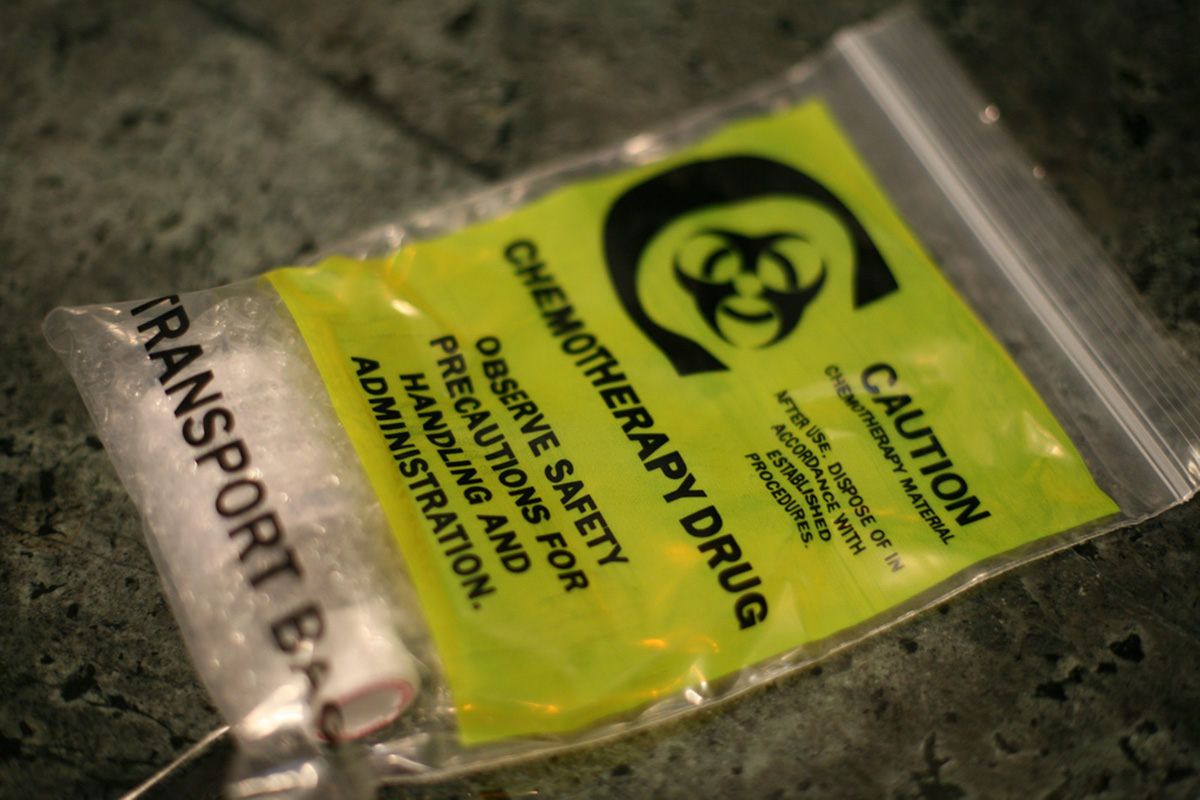Table of Contents
Because the cold cap technology is so new, health insurance companies do not pay for it. Finding an extra $3000 can be a major challenge for families struggling to meet all the other bills that come with cancer treatment, along with sharp and sudden reductions in income. Fortunately, there are other ways to save your hair if you have to get chemotherapy.
Despite the lack of FDA approval (which also means that insurance coverage will not be available), many chemotherapy patients rent a competing product called Penguin Cold Caps, made by a British company for a $500 deposit and a fee paid in advance of $580 a month. The caps come with optional headbands (for another $53 a month) that chill the crown to minimize loss of hair on top of the head.

Still expensive for many families, the penguin cold caps are stored in special freezers at the hospitals and cancer clinics that rent them out, or lugged to each chemotherapy session in a chest of dry ice (which costs another $50 or so). Users have to have help swapping out caps every 20 to 30 minutes as they lose their chill. Since chemotherapy patients will have IV lines in their arms, they cannot walk to the freezer chest, pick out a chilled cap, and put it on without help.
Both kinds of cold caps work, but there are things users can do to help keep their hair:
- Hair weaves need to be removed before chemotherapy starts. They put extra stress on hair follicles and can pull hair.
- African-Americans and others with extremely curly or kinky hair need to avoid use of hair relaxers before starting chemotherapy, preferably stopping them as soon as possible.
- Frostbite is a possibility with the Penguin Cold Caps, although not with the DigniCap. Make sure your hair is not wet before you put on the cap, and wipe the inside of the cap if you are using it in a humid environment to avoid condensation, which can freeze to the scalp.
- Use shampoos that don’t lather very much, and avoid anything that makes big bubbles. Many chemo patients report good results with shampoos made by Kiss My Face and Dermorganic.
- Pour water over your head with a cup when you shampoo. Don’t expose to the full power of the shower head.
- Let your hair dry naturally, or use a diffuser over your blow dryer to avoid drying hair and scalp.
READ Oral Hygiene For The Cancer Patient: Looking After Your Mouth Through Chemotherapy
- Be sure to shampoo before your first chemotherapy session, so you won’t want to wash your hair again sooner.
- Growth of eyelashes can be stimulated with Latisse, but be sure to follow directions and do not get the product in your eyes. It’s best to start Latisse before the first chemo session and to continue using it as long as possible. Many users report keeping “most” of their eyelashes.
- Some users of cool caps report that taking silica supplements helps strengthen hair. Start them as soon as possible, preferably before beginning chemotherapy.
- Chusteka Z. Cold Cap to Prevent Hair Loss During Chemo Cleared in US. Medscape Medical News. 8 December 2015.
- Photo courtesy of Muffet: www.flickr.com/photos/calliope/6025359063/
- Photo courtesy of Muffet: www.flickr.com/photos/calliope/6025359063/
- Photo courtesy of thenickster: www.flickr.com/photos/thenickster/2673535716/

